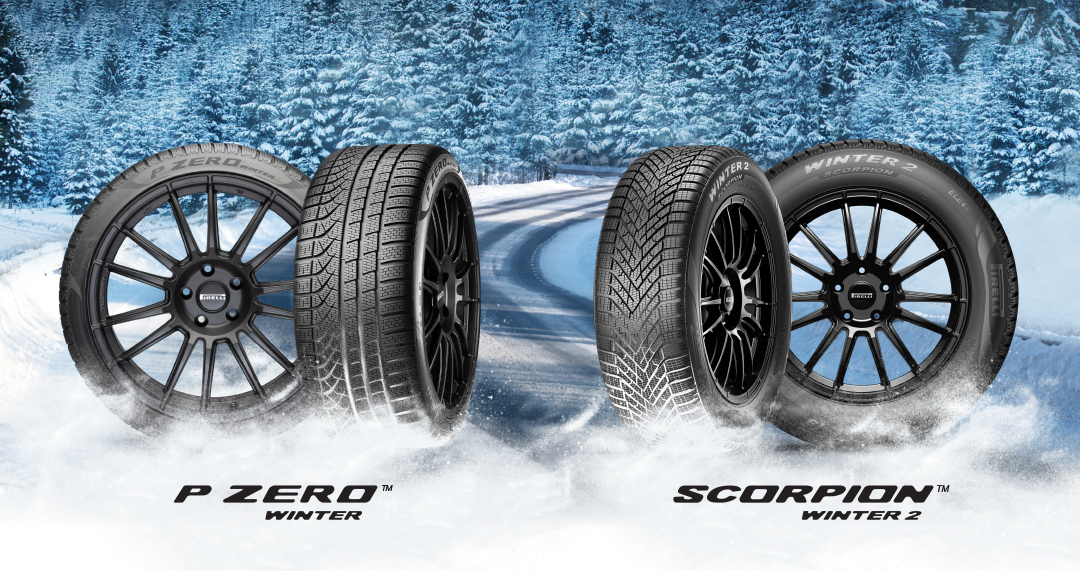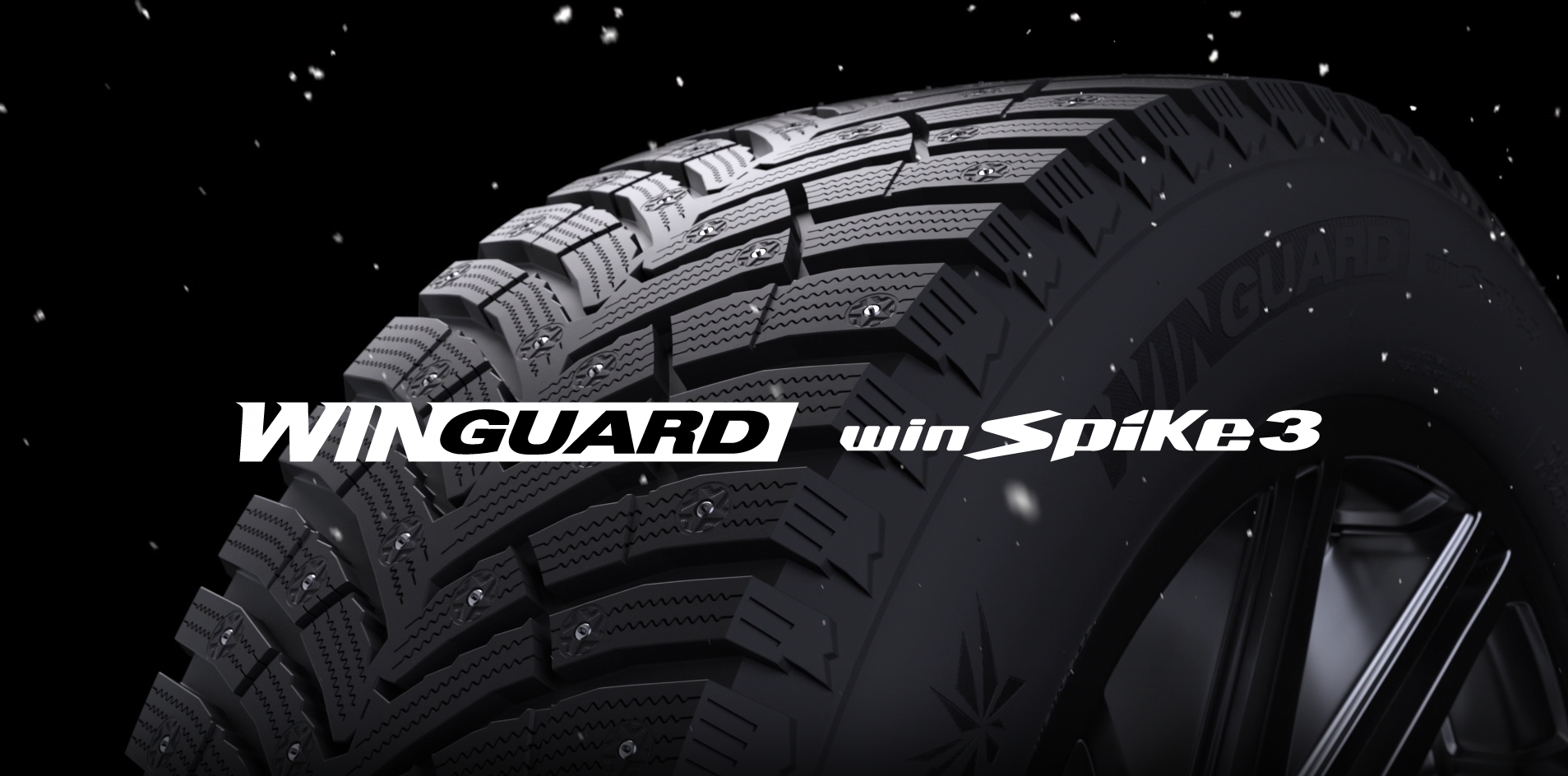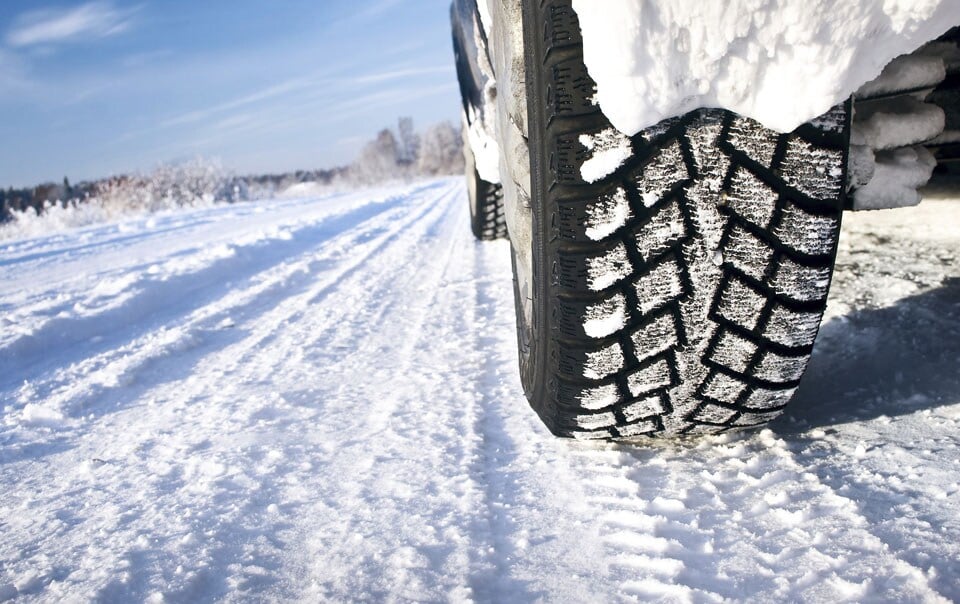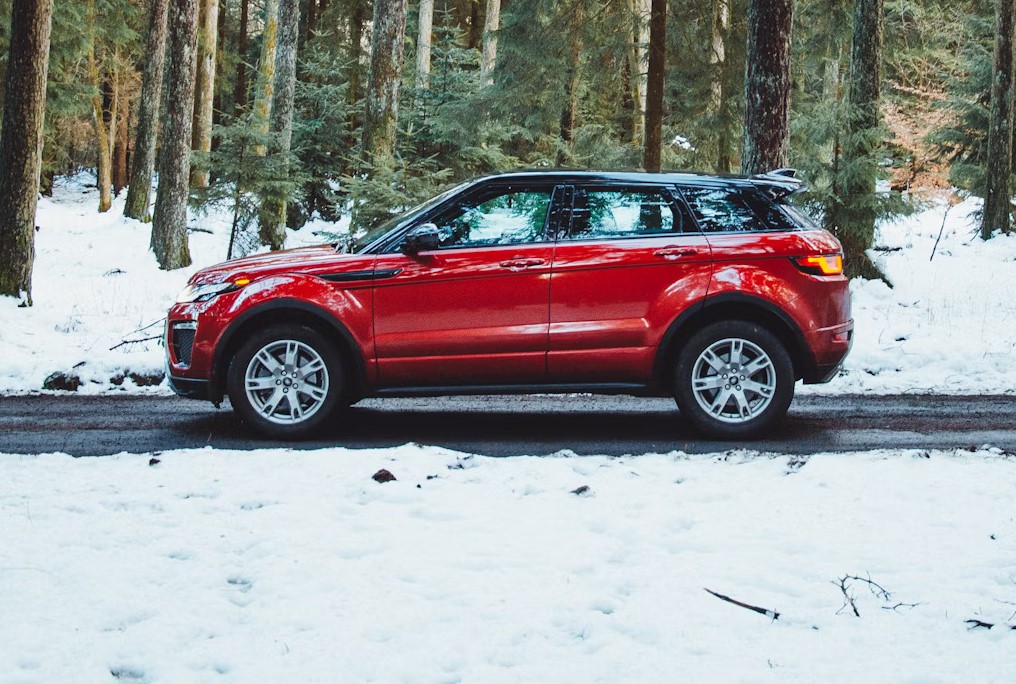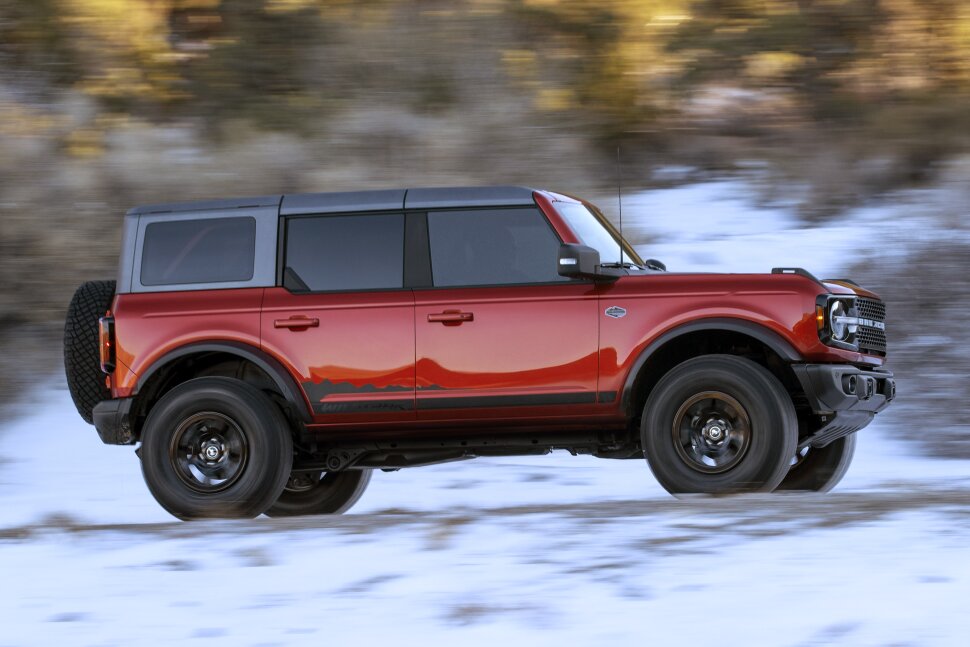Last Updated on August 2, 2024
Why Proper Wheel Alignment Matters and How It Benefits Your Drive
Most car owners know basic maintenance routines, oil changes, tire rotations, and brake checks. However, wheel alignment, one of the most crucial yet often overlooked aspects of vehicle maintenance, can make all the difference in how your vehicle performs and feels on the road.
The world of automobile maintenance is vast, with countless components demanding attention. However, wheel alignment often slips through the cracks in our regular car maintenance checklist amidst oil changes, brake inspections, and tire rotations. Yet, it holds immense importance.
Let’s journey to understand the science and significance of wheel alignment for a flawless driving experience.
What Exactly is Wheel Alignment?
At its core, wheel alignment refers to adjusting the angles of the tires to ensure they are parallel to each other and perpendicular to the road. This adjustment ensures the vehicle handles optimally, preserving tire life and ensuring straight driving without a pull.
The Trifecta of Wheel Alignment: Camber, Toe, and Caster
Navigating the world of car maintenance can sometimes feel like deciphering a foreign language. Three critical terms stand out regarding wheel alignment: Camber, Toe, and Caster. Think of them as the trifecta, each uniquely ensuring your vehicle drives straight and smooth.
Let’s break down these terms and understand why they’re vital for your car’s performance and safety.
1. Camber: This is the tire’s inward or outward tilt when viewed from the front of the vehicle. A negative camber indicates the top of the tire is leaning inward, while a positive camber suggests it’s leaning outward. Proper camber ensures even tire wear across the breadth of the tire.
2. Toe: A bird’s eye view of your car would help you understand toe alignment. If the front tires turn inward towards each other, it’s toe-in. If they flare out, it’s toe-out. Proper toe alignment is vital for even tire wear and straight driving.
3. Caster: Viewed from the side, the caster angle ensures the vehicle’s steering axis tilts towards the driver. A positive caster enhances steering stability, while a negative caster can improve steering ease.

Significance of Regular Wheel Alignment
Just like we go for regular health check-ups, our cars also need routine checks. Wheel alignment stands out as a game-changer. Proper alignment ensures our car drives smoothly, tires last longer, and we get the most out of every drop of fuel.
Let’s dive into why regular wheel alignment is a big deal for our vehicles and wallets.
Extended Tire Life: Misaligned wheels can lead to rapid and irregular tire wear. Over time, this reduces the tires’ lifespan and, if unchecked, can lead to dangerous driving conditions.
Fuel Efficiency: Believe it or not, the alignment of your wheels can significantly impact your car’s fuel efficiency. Misaligned wheels create uneven road resistance, forcing your vehicle to work harder and consume more fuel.
Enhanced Driving Experience: A misaligned vehicle can often pull to one side, leading to an uneven, rough, and unsettling driving experience. Proper alignment restores the joy and smoothness of driving.
Cost Savings: Regular alignments, although an added expense, can save drivers in the long run. The cost of replacing prematurely worn-out tires or higher fuel consumption often outweighs the cost of periodic wheel alignments.
When Should You Consider a Wheel Alignment?
- If you’ve hit a substantial pothole or had a minor fender-bender, checking the alignment after a significant jolt is good.
- Uneven tire wear: If you notice that your tires are wearing out unevenly, it’s a clear sign.
- Vehicle pulling: If your car feels like pulling to one side or your steering wheel isn’t centered, it’s time for an alignment check.
- New tire installation: When installing new tires, ensure they kick off their journey with the best alignment.
Wheel Alignment: The Key to Prolonging Tire Life and Ensuring Safe Driving
It’s always annoying when I hit a pothole in the road because it almost always means my wheel alignment was affected. OK, sometimes it’s my fault for bumping the curb…
This installment is about wheel alignment as part of Tire Safety Week. It’s easy to check if you have an alignment problem: drive the car. Please take it to an open (no cars, people, or other objects around), safe (maybe a parking lot) area, drive slowly on a flat, straight path, and let go of the steering wheel slightly. If the car starts to drift to the left or the right, your alignment is off.
As with tire pressure, ignoring wheel alignment problems can cause more damage than accelerated tire wear and handling issues. Poor alignment can cause serious damage to the tires, leading to possible vehicle control problems and injury.
The general rule is to have your wheels aligned whenever you replace tires; this ensures you take the best care of your tire investment. Also, check the alignment whenever you take the tires in to be rotated (about every 6,000 – 8,000 miles is recommended).
And, of course, if you accidentally drive over that large pothole that jumped out at you from nowhere, check the handling, and if you feel the tires pulling the vehicle to the left or the right, get your wheels in for alignment; it will save you gas, extend the life of your tires and possibly save you from an accident.
Conclusion
Regular wheel alignments are not just a “nice-to-have” but necessary for any vehicle owner who values safety, performance, and cost-efficiency. By ensuring that your wheels are properly aligned, you’re taking a step towards safer driving, ensuring your vehicle performs at its peak, and ensuring your tires last longer.
While seemingly a minor aspect of car maintenance, wheel alignment is pivotal in ensuring optimal performance and longevity. It safeguards your investment in tires, enhances fuel efficiency, and gives drivers a smooth and balanced ride.
In automobile care, being proactive rather than reactive is the key. Regular checks and maintenance, especially concerning wheel alignment, ensure that your car serves you efficiently and safeguards your safety and those of others on the road.
FAQs
What is wheel alignment?
Wheel alignment, often referred to as “alignment,” is a process that adjusts the angles of a vehicle’s wheels to ensure they are parallel to each other and perpendicular to the road. Proper alignment ensures optimal vehicle handling, maximizes the life of the tires, and ensures that the vehicle travels straight without pulling to one side.
How do you know if your wheels need alignment?
Several signs may indicate your vehicle requires a wheel alignment:
- Uneven tire wear: If your tires’ edges are wearing down faster than the middle or vice versa, it could be an alignment issue.
- Steering wheel not centered: If your steering wheel is off-center when driving straight, it’s a telltale sign.
- Vehicle pulling to one side: If your car drifts to the left or right when driving on a straight, level road, this suggests misalignment.
- Vibrations in the steering wheel: While other issues can cause this, a vibrating steering wheel can sometimes result from misaligned wheels, causing uneven tire wear.
- Squealing tires: Noisy tires, especially during turns, can also indicate an alignment problem.
What is the main reason for wheel alignment?
The primary purpose of wheel alignment is to ensure the longevity and optimal performance of the tires, enhance fuel efficiency, and offer a smooth and stable driving experience.
Proper alignment reduces tire wear, improves straight-line stability, and reduces the chances of sudden steering anomalies, which can be dangerous. Additionally, it can save costs in the long run by avoiding premature tire replacements and improving fuel efficiency.
-
Proofreader





